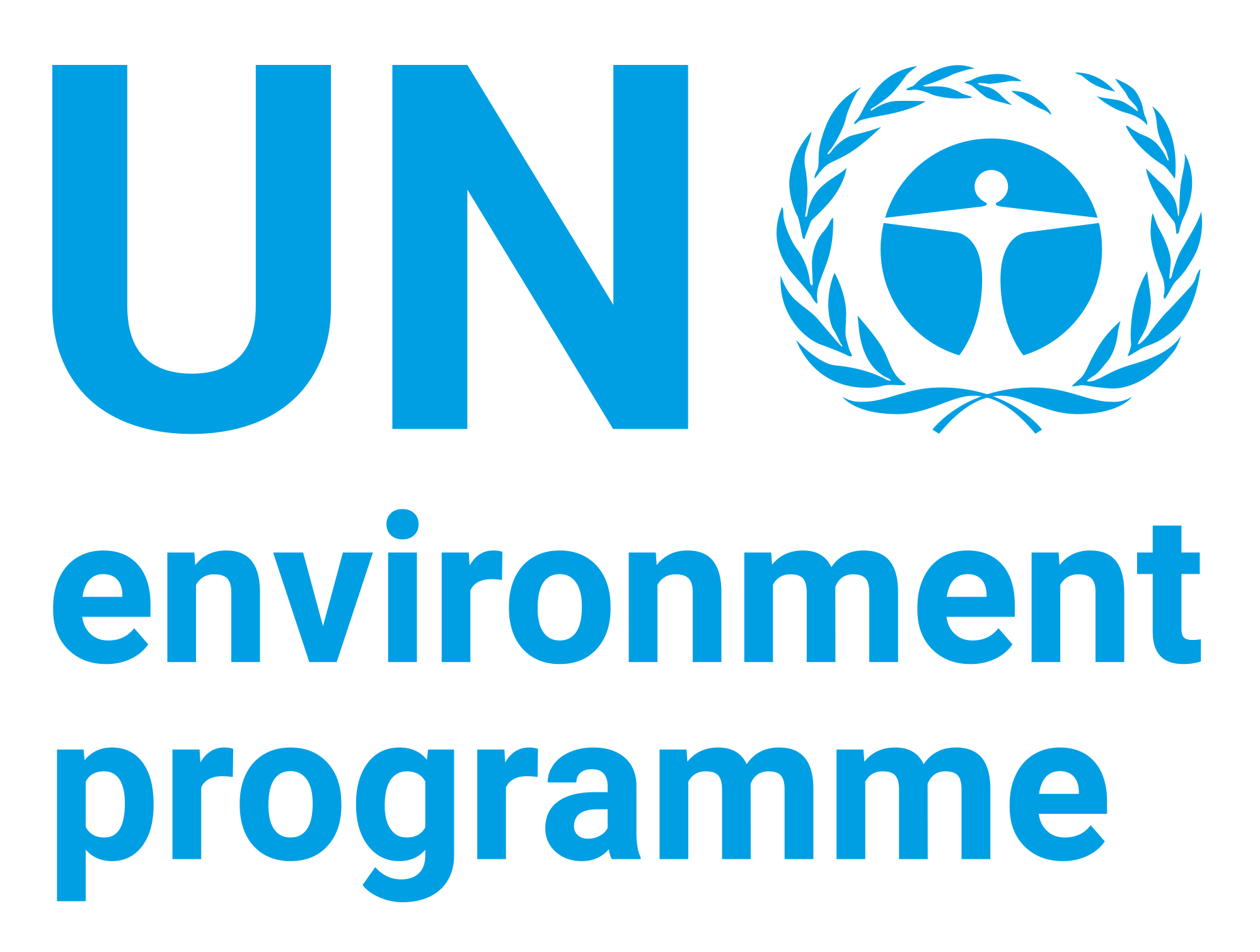National Marine Ecosystem Diagnostic Analysis (MEDA) - Mozambique

Date
2012Author
United Nations Development Programme
Citation Tool
Bibliographic Managers
RT Generic T1 National Marine Ecosystem Diagnostic Analysis (MEDA) - Mozambique A1 United Nations Development Programme YR 2012 LK https://wedocs.unep.org/20.500.11822/25893 PB United Nations Development Programme AB TY - GEN T1 - National Marine Ecosystem Diagnostic Analysis (MEDA) - Mozambique AU - United Nations Development Programme Y1 - 2012 UR - https://wedocs.unep.org/20.500.11822/25893 PB - United Nations Development Programme AB - @misc{20.500.11822_25893 author = {United Nations Development Programme}, title = {National Marine Ecosystem Diagnostic Analysis (MEDA) - Mozambique}, year = {2012}, abstract = {}, url = {https://wedocs.unep.org/20.500.11822/25893} } @misc{20.500.11822_25893 author = {United Nations Development Programme}, title = {National Marine Ecosystem Diagnostic Analysis (MEDA) - Mozambique}, year = {2012}, abstract = {}, url = {https://wedocs.unep.org/20.500.11822/25893} } TY - GEN T1 - National Marine Ecosystem Diagnostic Analysis (MEDA) - Mozambique AU - United Nations Development Programme UR - https://wedocs.unep.org/20.500.11822/25893 PB - United Nations Development Programme AB -View/Open
Item Statistics
Display item statisticsMetadata
Show full item recordDescription
The Mozambique Channel is an important source region for the Agulhas Current which is one of the major western boundary currents flowing along the southeastern coast of South Africa. The Mozambique Channel is also one of the two routes through which the South Equatorial Current feeds the Agulhas Current. Mozambique also has an extensive drainage network that includes about 100 principal river basins and a number of international rivers. The international rivers include the Rovuma, Zambezi, Save, Limpopo and Incomati Rivers. The runoff entering Mozambique through international rivers has decreased over the years due to damming, water abstraction and irrigation in neighbouring countries. There has also been modification of stream flow leading to either freshwater shortage/reduction or excessive runoff in certain periods of the year. The rivers are main sources of sediments and dissolved inorganic nutrients in coastal zones of Mozambique. The Sofala Bank – one of the most productive shelf regions in Mozambique, is influenced by the discharges from Zambezi, Pungué, Buzí and Save rivers. The highest nutrient concentrations occur in the Angoche shelf
area in the north, Sofala Bank in central and Delagoa Bight in the southern shelf.
Collections
Document Viewer
To read more, scroll down below.

